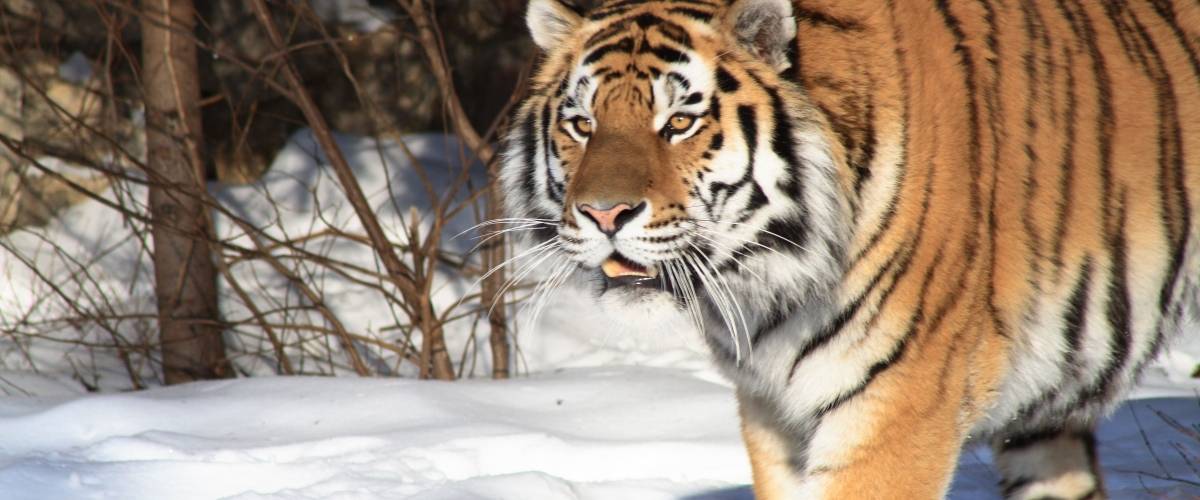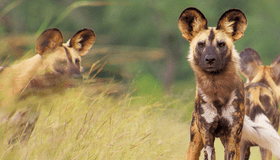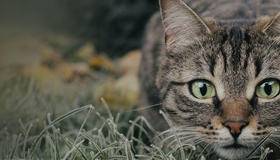
December 22, 2015 – Spillover, a phenomenon where a virus or other pathogen moves from one species to another, is a popular news topic and a growing problem not only in people but also in wildlife. Canine distemper virus is a growing health challenge that is “spilling over” into different species of animals and placing many of them at risk.
Canine distemper was recognized and described more than 100 years ago. The development of effective vaccines has greatly reduced the incidence in pet dog populations in many countries. However, veterinarians and wildlife biologists have noted an increasing number of other animal species becoming infected with canine distemper virus. Outbreaks are occurring with alarming frequency in wildlife with catastrophic consequences. In 1994, a canine distemper virus epidemic killed approximately 30 percent of the lions in the Serengeti National Park. Other examples include the sharp decline and near extinction of the black-footed ferret and the Santa Catalina island fox.
Wildlife biologists and veterinarians need to find answers about the fundamental nature of these outbreaks as they race to save precarious populations from extinction. Since 2010, Morris Animal Foundation has joined with veterinarians from around the world to stop canine distemper virus infections in exotic species.
Morris Animal Foundation-funded researchers recently completed a study examining the threat of canine distemper virus in Russian Siberian tigers. Their work on the transmission and perpetuation of the virus in tigers resulted in several recommendations and strategies to limit the spread of infection in large wild cats. The work is timely. Since the onset of the study, several other tiger populations in different parts of the world have become threatened by outbreaks of this deadly virus. The study team hopes their findings will be useful in stopping the disease before it spreads to other exotic species, especially animals living in fragmented habitats that can further exacerbate vulnerability to diseases and local extinctions.
The Foundation also supported two other related studies. The first focused on understanding the dynamics of the disastrous 1994 outbreak of canine distemper virus in Serengeti lions. This research group also collaborated with other Morris Animal Foundation teams to share data and ideas on disease containment. On the other side of the world, a Foundation-funded study group in Argentina studied the endangered southern river otter, another species threatened by virus spillover. The team measured disease prevalence in potential “carrier” animals that share the otters’ habitat in an attempt to locate sources of disease, like canine distemper, that are lethal to the endangered otters.
Morris Animal Foundation continues to be a leader in studies focused on wildlife health emergencies. Canine distemper virus spillover into fragile wildlife populations is rapidly becoming a global epidemic. The foundation is proud to be on the front lines addressing this emerging challenge.




